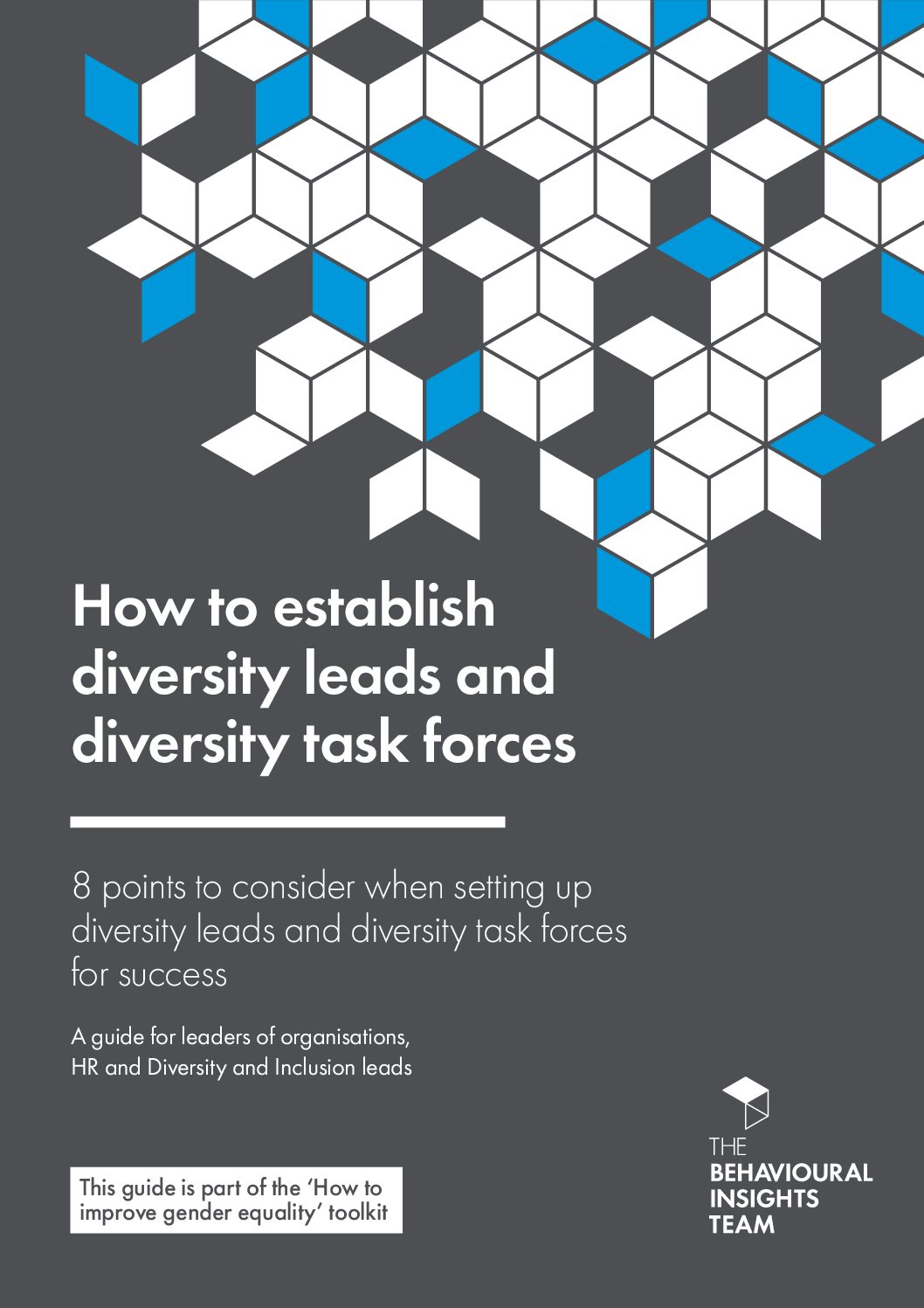Today the government publishes its first ethnicity pay reporting guidance for employers. Publishing this guidance sends a strong signal to businesses to take a more data-driven approach to improve racial equality, although doing so remains voluntary. As more businesses calculate and disclose their ethnicity pay, this will increase transparency and accountability.
From working with employers, we know that reporting ethnicity pay faces two major challenges: (1) collecting ethnicity data and (2) understanding this data to identify what is driving pay differences.
How to increase demographic data disclosure
There’s a lack of evidence on how to collect data successfully, with most employers facing low disclosure rates. However, there are simple, evidence-based actions employers can take to increase voluntary disclosure. We worked with Arup to increase their disclosure rate from 55% to 85%.
We did this by making it easier for employees to complete the form and by focusing messaging on the key concerns highlighted by employees. We interviewed staff and they told us that they cared most about the purpose of collecting data and who had access to it. More information is available in our blog.
How to analyse data to understand your ethnicity gaps
Even for organisations that have high disclosure rates for ethnicity, many struggle to make sense of their data. BIT worked with a large public sector employer to understand their ethnicity gaps, what was driving them, and how to prioritise where to focus in their action plan.
How did we approach understanding their ethnicity data?
- Diagnostic data analysis. We went beyond raw figures, and compared differences by ethnicity among employees in similar roles. Using a statistical technique called ‘regression analysis’, we could compare whether ethnic minority staff and white staff working in similar grades, locations, departments, and for a similar length of time (among other factors), had different outcomes in terms of pay, promotion, retention, and performance scores. Similarly, we could compare whether ethnic minority and white candidates applying to similar vacancies had different outcomes in terms of passing the sift, invitation to interview and offers. This approach enables us to understand differences due to ethnicity rather than anything else. For example, promotion rates may look higher for ethnic minority employees if they are more likely to work in junior grades that are promoted more frequently, but this could mask lower promotion rates at more senior grades.
- In-depth interviews. To better interpret the quantitative data and identify likely problem areas, we interviewed HR staff to understand how their processes are designed. The organisation was especially interested in recruitment, so we also carried out in-depth interviews with both ethnic minority and white new starters to understand their recent experience of the recruitment process and look out for differences in their experiences. In addition, we interviewed line managers to understand how they implement HR policies in practice.
Bringing these insights together gave us a holistic view of the employer’s ethnicity gaps and where to prioritise their efforts. For example, in interviews we heard that knowing someone in the civil service is an advantage when applying. It seems likely that ethnic minority applicants are less likely to have this advantage given the low representation in the civil service. This helped to explain some of the quantitative data findings, such as lower recruitment success.
A word of warning on location
Looking solely at the organisation’s ethnicity pay gap, it looked as though ethnic minority staff were paid more than white staff. However, this pay gap was mostly due to ethnic minority staff being more likely to work in better paid office locations such as London. While 37% of London’s working-age population is from an ethnic minority, the UK average is 15%. Other large employers with offices in multiple locations including highly paid cities like London are highly likely to find a ‘positive pay gap’ overall.
Use data to prioritise the key recruitment issues in your organisation
Since most equality, diversity & inclusion (EDI) budgets are limited, data analysis should drive the prioritisation of EDI initiatives. Below are a few examples of the top priorities we found at the large public sector employer.
They needed to focus efforts on reducing bias in the recruitment process rather than increasing applications from ethnic minority candidates. Our data analysis showed that ethnic minority applicants were overrepresented in the applicant pool, but were half as likely to be hired than white applicants. The biggest ethnicity gap was in receiving offers after the interview, suggesting that interviews introduced the greatest bias. This meant the organisation decided to focus efforts on reducing bias in the recruitment process rather than increasing applications from ethnic minority candidates.
Different employers may have different ‘pain points’, which is why understanding your process and outcomes is key. It is a waste to spend time and money attracting more ethnic minority applicants if they never pass the sift stage of recruitment; instead consider how to improve the sift to make it fairer first.
They needed to reduce bias in the recruitment process, which would also support ethnic minority progression. Their promotions are carried out through their recruitment process. While there was no difference in the overall promotion rate, this masked the fact that ethnic minority staff had to apply 3x more than white staff to achieve this. This is likely exhausting and demoralising, possibly explaining their lower retention rate.
DOWNLOAD ETHNICITY PAY REPORTING GUIDANCE
Recommendations for employers
- Take location into account. If you have multiple offices in different locations, look at the differences in pay by ethnicity among staff working in the same location.
- Deepen your data analysis. Organisations should compare findings looking at the ‘raw’ data with differences when comparing staff in similar roles. Both sets of results tell you different stories about what is driving the differences in outcomes.
- Speak to staff to understand experiences behind the data. Bring quantitative data to life by speaking to your employees about their experiences of internal processes.
- Use the data to improve EDI. Use this information to target and prioritise initiatives by developing an action plan that is both evidence-based and data-driven.
For more information on effective evidence-based actions, look at our guidance on improving workplace equity and inclusive recruitment.
Work with us by contacting leonie.nicks@bi.team or shoshana.davidson@bi.team.








